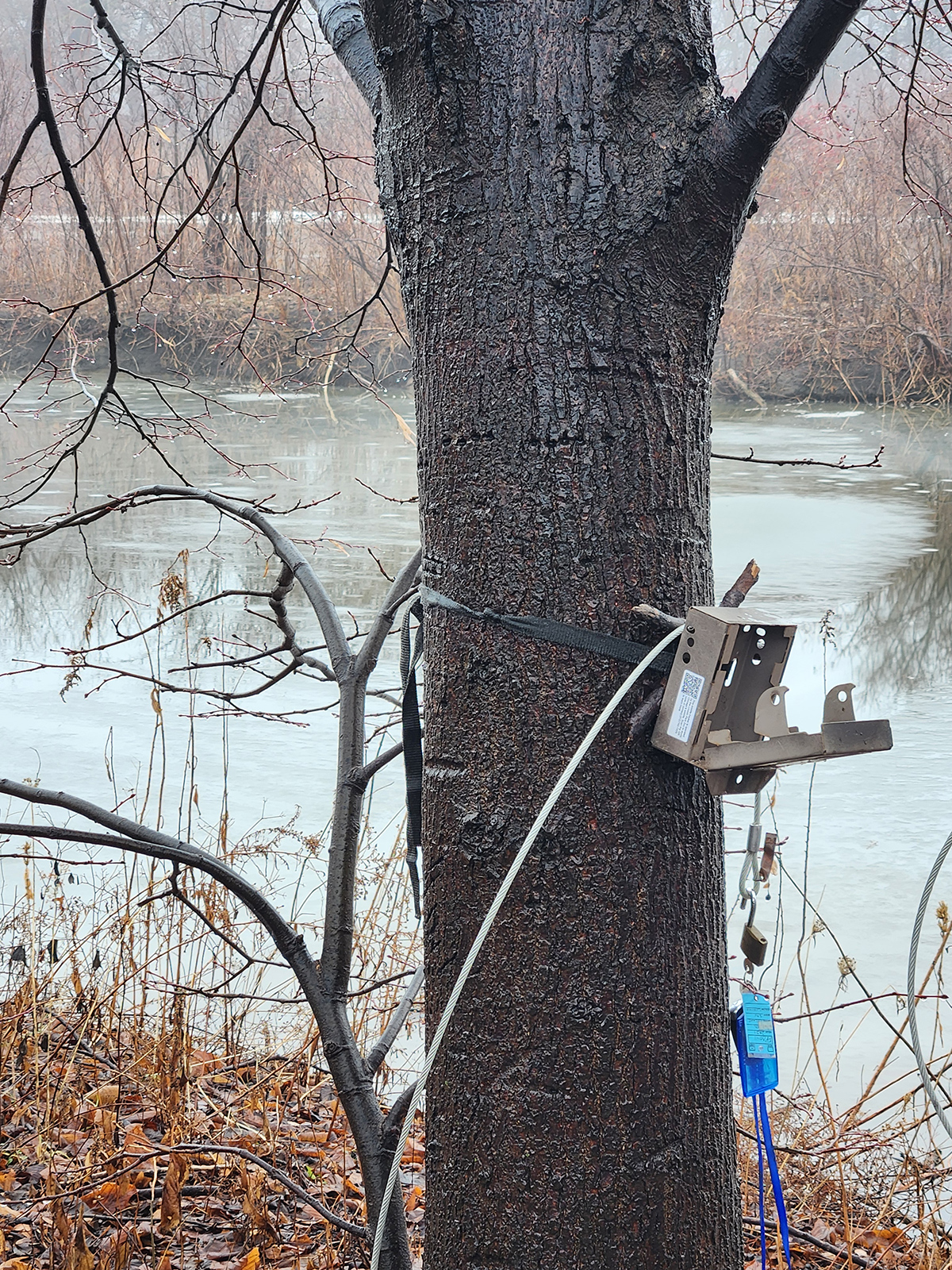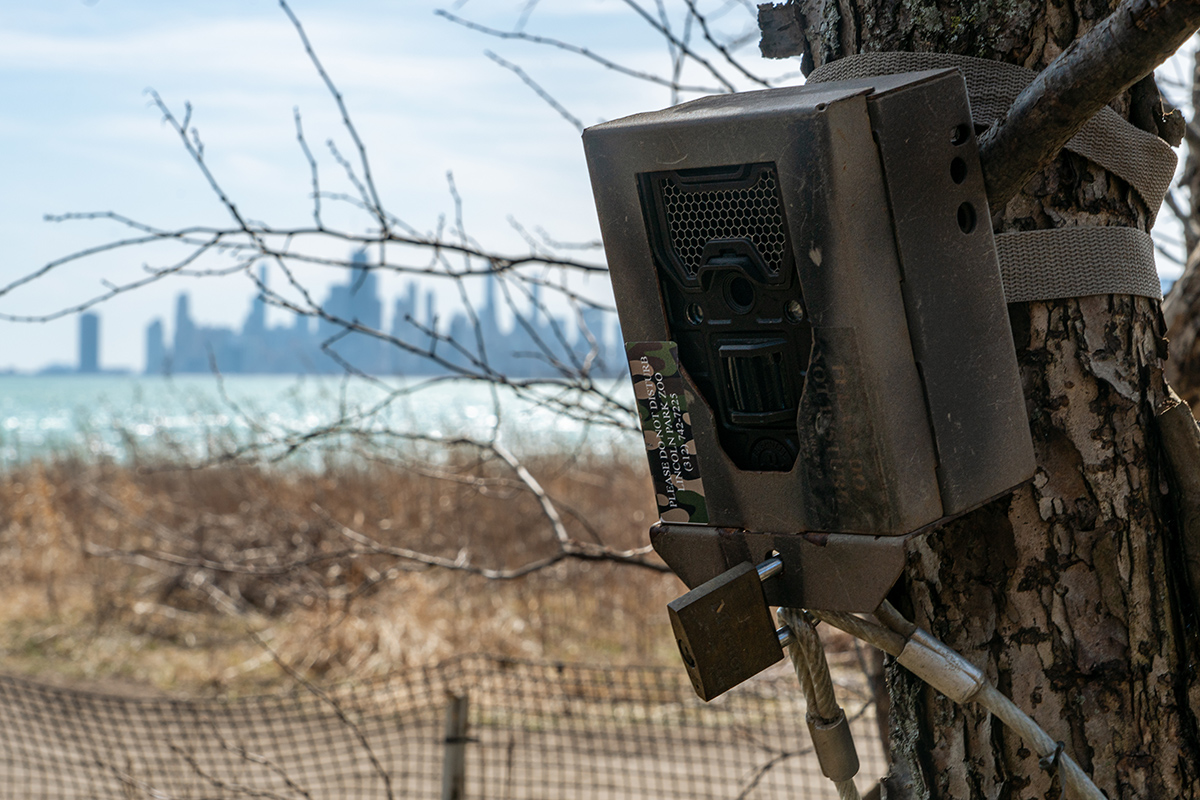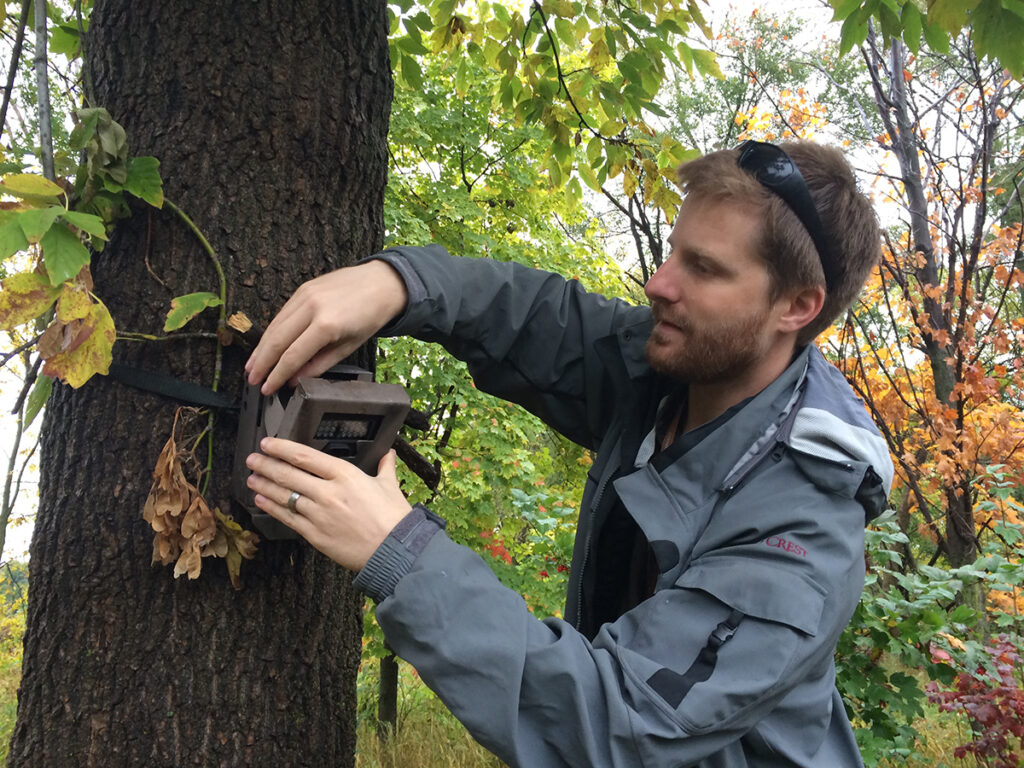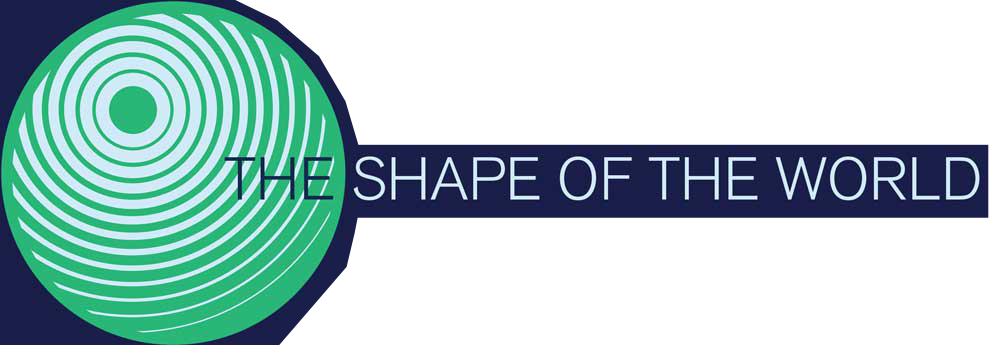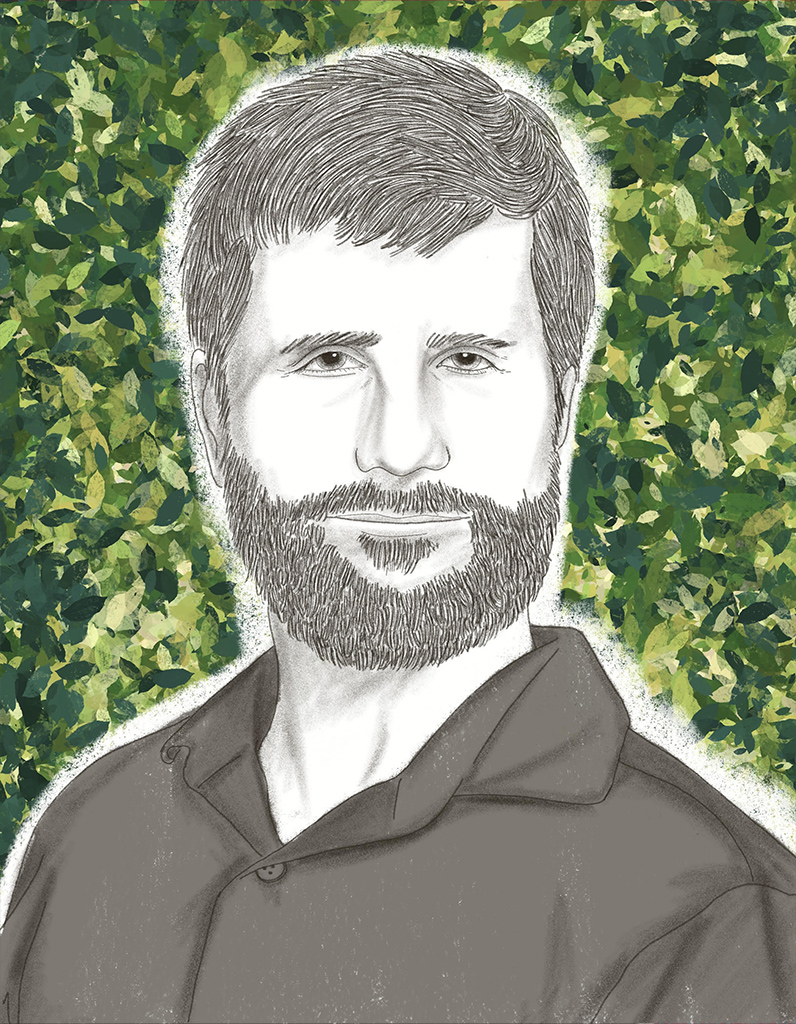
““If we want to connect people to nature, most people live in cities. To me, it makes the most sense to start where people are. We can’t just keep writing off the city as a loss.”
Biologist Dr. Seth Magle wants to rethink what a city is – and who it’s for. As part of an alliance with 50 cities around the globe, Seth and other wildlife researchers have discovered an overlooked truth: that our large cities teem with interesting native wildlife. Foxes, birds, coyotes, and turtles live successfully within many cities’ borders: they share our sidewalks, our lawns, and, sometimes, even our grocery stores. Have we humans learned to live in communion with wild things? And as for cities, are we beginning to see them not solely as drivers of climate change and biodiversity loss, but also as potential sources of restitution?
Learn More About Seth’s Work
The Urban Wildlife Institute (UWI) that Seth directs is housed at Lincoln Park Zoo in Chicago, Illinois. It’s an initiative that studies both the zoo’s own property and many other nature areas within Chicago. A lot of UWI’s work is collecting data and developing scientific standards that help minimize conflict between the needs of animals and the needs of humans in Chicago. For more about UWI, visit this page. Plus, here’s some press on UWI: “People Can Learn to Coexist With Urban Wildlife,” “Give Animals a Seat At the Table,” and “How Cities Can Help Solve the Biodiversity Crisis.” You can also learn more about UWI from Jill’s earlier interview with Seth in season one of our podcast: “We All Live in Nature.”
The new program Seth and Jill discussed in this episode was the Urban Wildlife Information Network (UWIN). Its purpose is to find ways to make cities better places to live for both humans and nature. Seth helped establish this international alliance. A big part of what Seth and UWIN are trying to achieve is for all of the cities involved to use similar standards for what kinds of data they collect so comparisons and contrasts can be made among them. Ultimately, this coordination will create a greater pool of collective knowledge and can lead to quicker solutions in each city for improving wildlife habitat and minimizing conflicts. Each member of UWIN collects its own data independently and retains the right to use it however they see fit, but this additional alliance offers the opportunity for researchers in one city to work with other partners to ask and answer questions at much larger scales—from regionally to globally.
To learn more about Seth’s camera trapping in Chicago and to see a map of the sites, visit this page.
To see some of the Chicago urban wildlife lore that Seth mentioned in the episode, see Chunkasaurus and the Chicago Rat Hole.
How to Get Involved
If you want to help create more wildlife-inclusive habitats in your own neighborhood, check out the Urban Wildlife Project, developed in partnership with the University of Wisconsin. This website has information on everything from yard management and gardening to native flora recommendations – all of which help make life easier for fauna.
To help Seth and his team identify animals that get photographed on camera traps, go to the website Chicago Wildlife Watch. For more information on how to join the Urban Wildlife Institute’s community science programs, visit this page.
Relevant Readings
“Why Study Urban Nature?” an essay by Seth in The Center for Humans and Nature Press.
“Wealth and urbanization shape medium and large terrestrial mammal communities,” written by Seth Magle and Mason Fidino, et al. and published in Global Change Biology.
